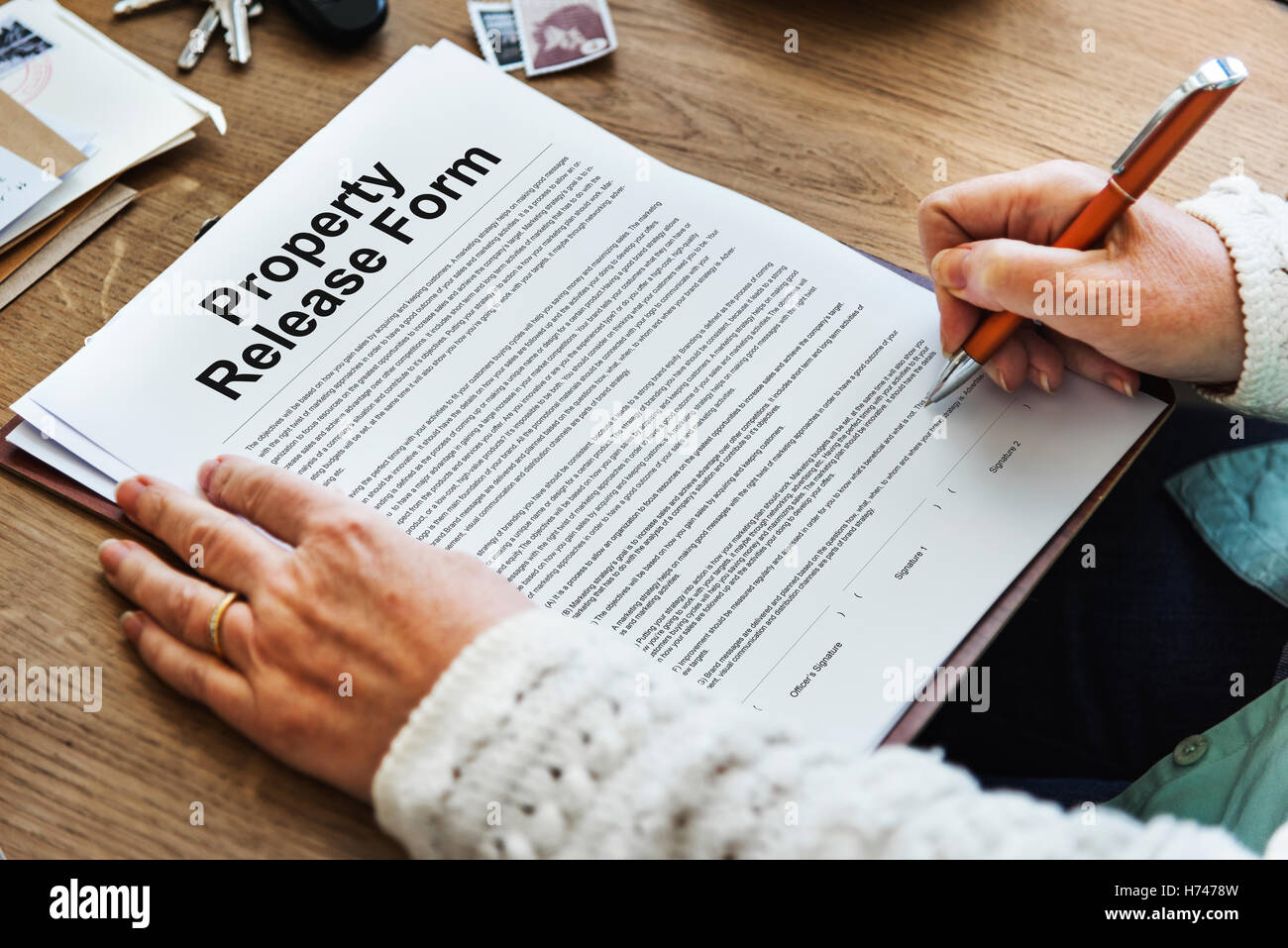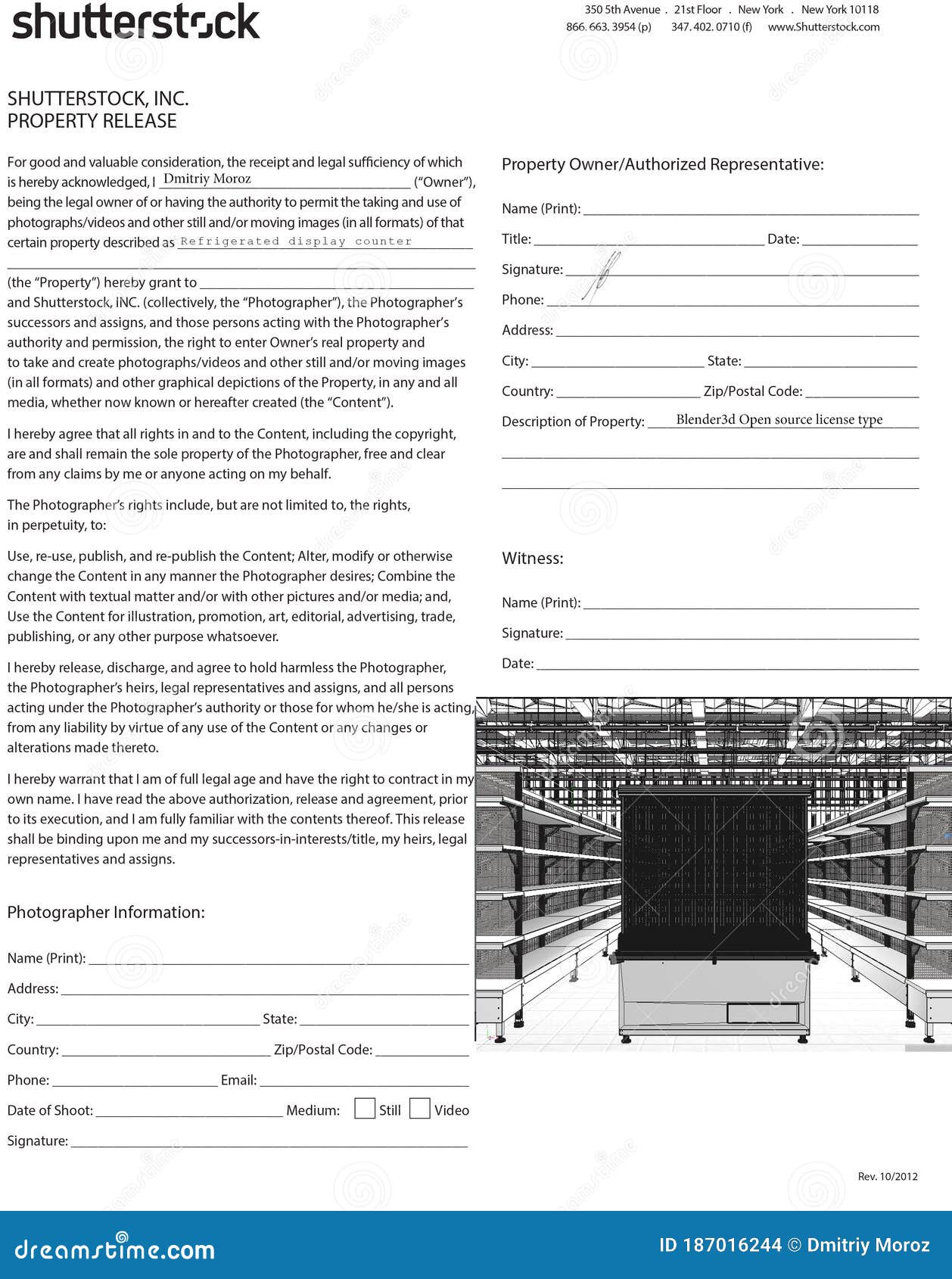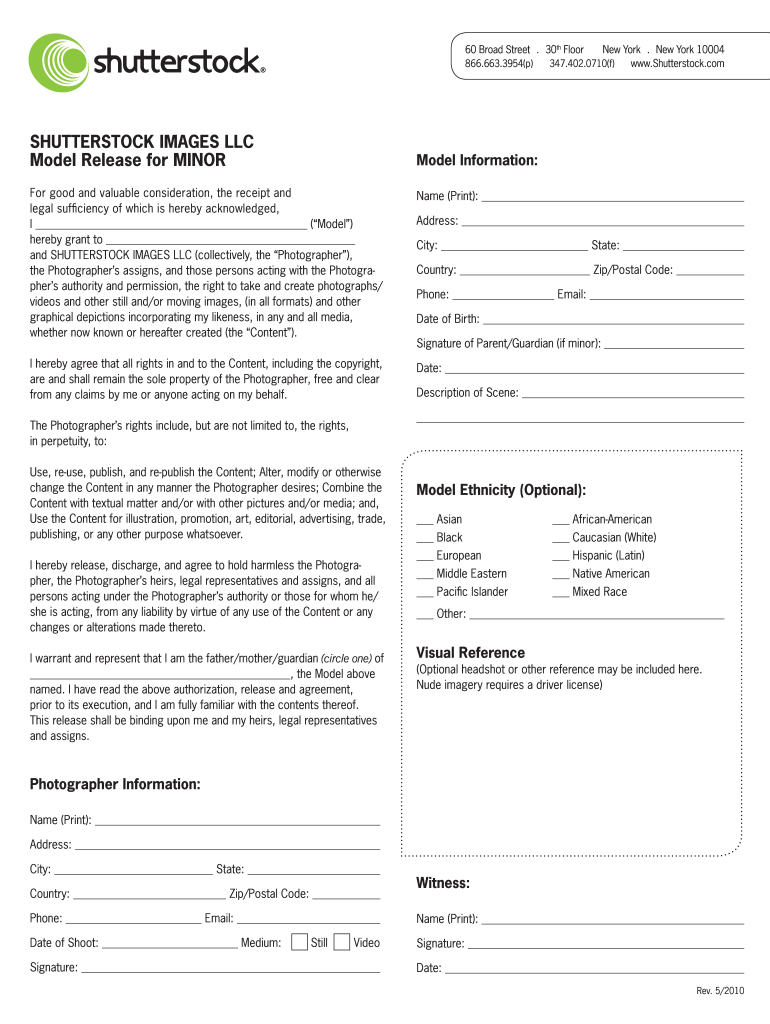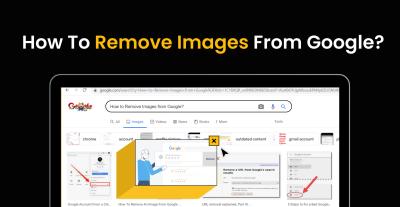If you’re a photographer or videographer looking to sell images of buildings on Shutterstock, understanding property releases is essential. These releases are legal documents that give you permission to use images of private property, especially when the buildings are recognizable or have distinguishing features. Without a proper property release, your images might not be approved for licensing, which means missed opportunities and revenue. Don’t worry — getting a property release isn’t complicated, and this guide will walk you through everything you need to know to ensure your buildings are ready for sale on Shutterstock.
Understanding When You Need a Property Release for Buildings

Knowing when to obtain a property release can sometimes be a bit tricky, but it’s crucial for avoiding legal issues and ensuring your images are accepted. In general, you need a property release if the building is recognizable or if it features unique elements that could identify the location. Here’s a quick rundown to help you determine when a release is necessary:
- Public vs. Private Property: Photos taken on private property, like a homeowner’s house, require permission. Photos of public buildings, such as government offices or public parks, usually do not need a release unless they contain recognizable signage or private elements.
- Recognizable Buildings: If the building is iconic or easily identifiable—think famous landmarks, unique storefronts, or distinctive architectural features—a release is generally recommended.
- Commercial Use: If you’re using the images for commercial purposes, such as advertising, a property release becomes even more important to avoid legal complications.
- Distinguishing Features: Even if the building isn’t famous, if it has unique signage, artwork, or private collections visible from outside, getting a release is a good idea.
It’s always better to err on the side of caution. Shutterstock’s guidelines emphasize that if a building can identify a person or a private entity, you should secure a property release. Remember, even if a building appears publicly accessible, privacy concerns may still apply if the owner or occupant could reasonably expect not to have their property used commercially without permission. When in doubt, obtaining a property release ensures you’re covered legally and helps streamline the approval process for your images.
Steps to Obtain a Property Release for Buildings

Getting a property release for buildings on Shutterstock might seem like a tricky process at first, but once you break it down into clear steps, it becomes much more manageable. Here’s a simple guide to help you navigate through the process smoothly.
Step 1: Identify the Building and Its Owner
Before anything else, you need to know exactly which building you want to feature and who owns it. This could be a private residence, commercial property, or any other structure. Conduct a quick search online or visit the property to gather information about the owner or managing entity. Having accurate details is key to avoiding delays later on.
Step 2: Reach Out to the Property Owner
Contact the owner or the management company to request permission to feature their building in your Shutterstock images. Be polite and clear about how you intend to use the images. Explain that Shutterstock requires a property release for commercial images featuring recognizable buildings, especially if the images are to be used for advertising or promotional purposes.
- Prepare a script or email template to make the outreach easier and professional.
- Clearly state the purpose of your image and how it will be used.
- Be ready to answer questions or provide additional information if needed.
Step 3: Obtain a Signed Property Release Form
Once the owner agrees, ask them to sign a property release form. This document grants you permission to include the building in your Shutterstock portfolio legally. Make sure the form is comprehensive, covering the scope of use and any restrictions.
Step 4: Submit the Release with Your Submission
When uploading your images to Shutterstock, include the signed property release form. This helps Shutterstock review your submission efficiently and ensures your images meet their licensing requirements.
Bonus Tips:
- Keep a record of all communications and signed documents.
- If you’re photographing a public building with no clear owner, check Shutterstock’s guidelines to see if a release is necessary.
- Be patient—getting a property release can sometimes take time, especially if the owner needs to consult with others.
Preparing the Necessary Documentation for the Release

Gathering the right documentation is crucial for a smooth approval process. Shutterstock and the property owners want to ensure everything is clear and legally binding. Here’s what you need to focus on:
1. Signed Property Release Form
This is the most important document. It should include:
- Details of the Property: Address, description, and any distinctive features.
- Owner’s Information: Name, contact details, and signature.
- Photographer’s Details: Name and contact information.
- Scope of Use: Clear description of how the image will be used (commercial, editorial, etc.).
- Date of Agreement: When the release was signed.
2. Proof of Ownership or Authorization
If the owner is a company, include documentation such as:
- Business registration or license
- Letter of authorization if someone else signed on their behalf
3. Additional Supporting Documents
Depending on the building and location, Shutterstock may require:
- Photos of the building showing its distinctive features for identification
- Any permits or permissions if the building is in a restricted area
4. Clear Photographs of the Building
Ensure your images are high quality, well-lit, and showcase the building clearly. Sometimes, a photo of the building along with a document verifying ownership can streamline the review process.
Remember, organization is key. Keep all documents in a dedicated folder, whether digital or physical, so you’re ready to submit whenever needed. Ensuring all paperwork is complete and accurate not only speeds up the approval but also keeps your licensing process smooth and stress-free.
How to Submit Your Property Release to Shutterstock
So, you’ve got your property release ready—great! Now, let’s walk through the straightforward process of submitting it to Shutterstock. The good news is that Shutterstock has a user-friendly system to make sure your documentation is in order and your content gets approved smoothly.
Step 1: Log Into Your Contributor Account
If you haven’t already, sign in to your Shutterstock Contributor account. If you’re new, creating an account is quick and easy. Once you’re logged in, navigate to the “Upload” section, where you’ll find options for submitting your images, videos, and documents.
Step 2: Upload Your Content
Start by uploading the image or video file that requires a property release. During the upload process, you’ll be prompted to add relevant information about your content, such as titles, descriptions, and keywords.
Step 3: Attach Your Property Release Document
Next, locate the section labeled “Property Release”. Here, you’ll have options to upload your signed property release form. Make sure the document is clear, legible, and in an accepted format like PDF or JPEG. Carefully select the appropriate release type—whether it’s for buildings, private property, or other assets.
Step 4: Complete Metadata and Submit
Fill out all required metadata fields for your content. This helps Shutterstock reviewers understand what’s in your submission and ensures your content gets categorized correctly.
Once everything is uploaded and filled out, click the “Submit” button. Your submission will then go into the review queue.
Step 5: Wait for Review and Approval
Shutterstock’s review team will examine your content along with the attached property release. If everything meets their guidelines, your content will be approved and available for sale. If there are issues, they’ll notify you with feedback so you can make necessary adjustments.
Tips for Ensuring Your Property Release is Accepted
Getting your property release approved is crucial—after all, it protects you and Shutterstock. Here are some friendly tips to help make the process as smooth as possible:
- Use Clear and Legible Documents: Ensure your property release form is easy to read. Avoid blurry scans or low-resolution images. A clear PDF or JPEG is best.
- Follow Shutterstock’s Guidelines: Each platform has specific requirements for acceptable documentation. Review Shutterstock’s help center or guidelines for property releases to make sure your form complies.
- Include All Necessary Information: Make sure your release form has all required fields filled out, including the date, signatures, and detailed descriptions of the property or building.
- Get Proper Signatures: The release must be signed by the property owner or authorized individual. Digital signatures are often accepted, but verify Shutterstock’s current policy.
- Keep the Document Updated: If the property details change or if you’re reusing a release, ensure it’s the latest version and still valid.
- Double-Check Your Submission: Before uploading, review the entire package—your image/video, the release document, and metadata—to catch any mistakes or missing info.
Remember, patience is key. Sometimes, the review process takes a little time, but following these tips will increase your chances of quick approval. If your submission gets rejected, don’t get discouraged—review the feedback, make the necessary adjustments, and try again. Good luck, and happy contributing!
Importance of a Property Release for Commercial Use
If you’re thinking about using a building image for commercial purposes—like advertising, promotional materials, or product packaging—getting a property release is absolutely essential. Think of a property release as a legal handshake between you and the property owner, giving you the right to use the image without risking legal trouble down the line.
Without a proper property release, you might run into issues like:
- Legal disputes: The property owner could claim that their rights were violated, leading to potential lawsuits.
- Copyright concerns: Even if you took the photo yourself, using images of private property without permission can lead to copyright or privacy issues.
- Rejection from Shutterstock: Shutterstock and other stock image platforms require model and property releases to ensure all images are cleared for commercial use.
When you have a property release, you’re confirming that the owner has given you permission to use their property in your project. This is especially crucial if the building is distinctive or has unique features that could identify it and its owner. Even if the building is in a public space, some owners may still want a release to protect their rights and ensure they’re comfortable with the image’s commercial use.
Remember, a property release isn’t just about avoiding legal issues. It also makes your workflow smoother. When you have all the necessary documentation upfront, you can confidently submit your images to Shutterstock, knowing they meet the platform’s requirements. This reduces delays and increases the chances of your images getting approved quickly.
In summary, obtaining a property release for commercial use isn’t just a formality—it’s a smart move that safeguards your project, respects property rights, and helps you build a reputable portfolio of images that are ready for the marketplace.
Frequently Asked Questions About Property Releases on Shutterstock
Got questions about property releases? You’re not alone! Here are some of the most common questions photographers and contributors ask when working with Shutterstock:
Q1: Do I always need a property release for buildings?
Not necessarily. If the building is in a public space and doesn’t have any distinctive features that identify the owner or brand, you might not need a release. However, for commercial use—especially if the building is recognizable or in a private setting—it’s best to obtain a property release to stay compliant with Shutterstock’s policies.
Q2: How do I get a property release?
You can get a property release by contacting the property owner directly and asking for written permission. Many photographers use standard property release forms, which can be signed physically or digitally. Make sure the release clearly states that the owner gives permission for the image to be used commercially.
Q3: Can I use a property release if I only took the photo?
Yes! If you took the photo yourself and have the owner’s signed property release, you’re covered. The release is proof that you have permission to use that building in your commercial projects.
Q4: What information should a property release include?
A good property release should contain:
- Name and contact info of the property owner
- Description of the property
- Details of the intended use (commercial, promotional, etc.)
- Date of signing
- Signatures of both parties
Q5: What happens if I don’t have a property release?
If you don’t have a property release and plan to use the image commercially, Shutterstock might reject your submission, or worse, you could face legal issues. It’s always better to be safe and obtain the necessary permissions before publishing.
Q6: Can I use a property release from a previous project?
Only if it’s current and explicitly covers the specific building and use case. If there’s any doubt, it’s best to get a fresh release or confirm that the existing one is still valid.
Hopefully, this clears up some common questions about property releases on Shutterstock. Remember, taking the time to secure proper permissions not only protects you legally but also enhances your reputation as a professional photographer or contributor!
Conclusion and Final Tips for Photographers
Obtaining a property release for buildings on Shutterstock is a crucial step to ensure your images are compliant and can be successfully accepted and monetized on the platform. Remember, clear and accurate releases protect both the photographer and the rights holder, reducing the risk of copyright issues or takedown requests. As you prepare your submissions, keep in mind the importance of understanding the specific requirements for property releases, which can vary depending on the location and type of building.
Here are some final tips to help you navigate the process effectively:
- Always obtain written consent from property owners or authorized representatives before photographing buildings.
- Use detailed and comprehensive property release forms that specify the usage rights and any restrictions.
- Ensure the clarity and legibility of signatures and dates on your releases.
- Keep organized records of all releases, including digital copies, for easy reference during submission.
- Be familiar with Shutterstock’s specific guidelines regarding property releases to avoid rejection.
In summary, diligent preparation and understanding of licensing requirements are essential for a smooth submission process. By following these best practices, you can confidently showcase your architectural and building photography, ensuring your work is protected and ready for licensing on Shutterstock. Happy shooting!


